The Best Prototype Machine Shop In China
At ALU Die Casting – the world’s best prototype machine shop. We have functional and prompt prototype machines that help in casting the models of industrial goods, 3D printing, and providing a full manufacturing scheme for items. Our professional engineers and coworkers create prototypes, send the products for testing, and make changes if necessary before releasing them for production.
What is a Prototype?
A prototype is a preliminary model and sample of a product that works as a pre-production concept. It is a preimage of designs, software programs, electronic devices, 3D models, and other semantics. A prototype performs a function to elevate and provide precise product structures and form them using different software such as Photoshop, in-design, SketchUp, Adobe Illustrator, etc.
What are the Prototype Machines?
Prototype Machines are specially programmed instruments that precisely cut the material shape including rubbers, plastics, metals, acrylic sheets,s and other digital surfaces. These appliances use a subtractive method for cutting which means they cut off the extra part and take the proper structure in 3D form.
What is a Prototype Machine Shop?
A prototype machine shop is a selling place where manufacturers have prototype machines with high technology and use them to make 3D structures for their clients. From collaborating with customers to bringing new ideas, and from proposing a bridge between trendy practicality to final product experimentation, these provide all substrain mechanisms.
Why are the Prototype Machine Shops Needed?
Prototyping machine shop is an all-rounder and game changer. These are crucial sectors that provide a wide room for speeding up the new product launching process. These develop and plan quick tests and find any functional flaws in the design, work for the betterment, and make them operational for 100% working output. Product manufacturing is quite different than imagining them in the mind.
Therefore, there is a great need for prototype machine shops for converting creative ideas into physical usage. Moreover, these perform an important task of keeping production effective and dealing with a flexible financial perspective with such innovative technology trends. Efficiently, these sectors work to bring the business into proficient and progressive experimentation.
Basic Functions of a Prototype Machine Shop
1. Design Drafting Stage
The most fire and first tab is to collects the information to initialize the design drafting process it involves specific steps such as:
1. Receiving project specifications
Maine customer accounts to the water time machines of his first concern is to show up with his prototype ideas to the engineers. Correspondingly, the experts listen to them and with additional expert suggestions, they proceed to bring the design process including certain circumstances like client goals, product audiences, launching limitations, and other physical parameters.
2. Conceptualizing designs
Once the consumer provides a project brief, the product visualization starts. Engineers and product designers collaborate and proceed to brainstorming procedures. In prototyping machine shops, CAT software is the most common equipment for product designing. It allows artists to work on 3-dimensional perspectives and put forward a 360-degree form for better speculation.
2. Mocking-up Stage
Making the mockup involves the following two steps:
1. Creating initial prototypes:
The shop begins with a prototype once the client approves the design using 3D printers making tools and other woodworking gadgets the team comes up with the prototype this is what brings up the digital layouts into real structures which proceed to further attestation.
2. Testing and refining prototypes
For prototype scrutiny, professionals check on the durability performance, and other usability by passing it from evaluative testation. It is a significant step to find any problem so that it can be fixed and lead to further design improvements – eventually making the prototype work properly. Progressively, it is a bring-forth procedure that allows prototyping shops to achieve the respective standards.
Key Equipment and Tools Used in Prototype Machine Shops
So, let’s discuss what kind of tools and equipment are used in prototype machine shops
1. Machining Tools
- Lathe: It is an axis-rotating machine that precisely cuts, drills, and shapes the material. Efficiently, Industries use Lathe for cylindrical and spherical products.
- Milling Machine: Milling is another part of machines in a shop that removes the material by using a multipoint cutting spinner to manufacture slots and gears.
- CNC Machines: All the automation tools come under computer numerical control (CNC) that controls the programming instructions. The machines are highly feasible to use and provide fine-end production along with an alliance to milling tools.
2. 3D Printers
In the Revolutionary world of 3D printing, 3D additive printers make three-dimensional models and blueprints. These machines work layer by layer and boost the process by applying layers on layers to extract a digital model. This computerized printing technique allows a wide range of different materials as printing surfaces including plastic, polymers, metals, acrylic sheets, fiber, ceramics, silicon, wood, etc.
3- Inspection and Measuring Tools
- Calipers: Calipers are the measuring tools to take the distance between the opposite sides of the object. There are different types of calipers such as dial calipers, vernier, and digital calipers. These efficiently provide precise dimensions and measurements of the prototype items
- Coordinate Measuring Machines (CMM): For the geometrical compositions of prototypes, shops use CMM coordinate measuring machines. These machines take X, Y, and Z coordinates and provide verified dimensions, pressing points, and tolerance of the components. Systematic measuring machines are very helpful in avoiding any risk of inappropriate modeling while processing the templates.
How Does a Prototyping Process Work?
So, let’s discuss who dies Prototypic process occurs in the prototyping machine shop;
1. Initial Design
So, the following main processes involved in it;
- Sketching and CAD Modeling: The prototype process is initiated by bringing out the product Impressions by using CAT software to create an intricate digital blueprint.
- Material Selection: After catching out the design the constructive part comes in which the first step is choosing an appropriate material for the product. The material should have several properties, showing robust characteristics.
2. Machining or Printing
This stage involves;
- Tools and Equipment: The materials lesson proceeds to Physical designing which involves prototype machines including milling machine prints and lathes. These tools accurately shape, cut, and build the sample.
- Precision and Accuracy: Keeping in mind the pinpoint accuracy in the models the Machines collaborate and stand out with quality measures to put the prototype in place.
3. Testing and Refining
- Prototype Evaluation: When a prototype comes in complete physical shape, it goes for attestation. The team experiments by passing it through pressure machines, weight, and material qualification to check whether it can make up to product standards or not.
- Iterative Improvements: After the driving feedback by the engineers if there is any need to fix remodeling of the design it guarantees the proper functionality and good quality standard of manufacturing items.
What Materials Are Commonly Used in Prototyping Machine Shops?
Here is a list of all kinds of materials that can be used in prototyping machine shops.
| Materials | Characteristics | Typical Applications |
| Aluminum | Lightweight, good strength-to-weight ratio, excellent machinability | Prototyping of automotive parts, aerospace components, electronic enclosures |
| Steel | High strength, durability, machinability | Prototyping of industrial machinery components, tooling, and automotive parts |
| Plastics | Versatile, lightweight, cost-effective, wide range of properties (e.g., ABS, Nylon, Polycarbonate) | Prototyping of consumer products, medical devices, electronic enclosures |
| Brass | Good corrosion resistance, excellent machinability, attractive appearance | Prototyping of plumbing fixtures, decorative elements, electrical connectors |
| Copper | Excellent electrical conductivity, thermal conductivity, corrosion resistance | Prototyping of electrical components, heat exchangers, electronic connectors |
| Titanium | High strength-to-weight ratio, corrosion resistance, biocompatibility | Prototyping of aerospace components, medical implants, high-performance automotive parts |
| Magnesium | Lightweight, good strength-to-weight ratio, excellent machinability | Prototyping of automotive parts, aerospace components, electronic devices |
| Carbon Fiber | High strength-to-weight ratio, stiffness, corrosion resistance | Prototyping of sports equipment, aerospace components, automotive body panels |
| Acrylic | Transparent, lightweight, impact resistant | Prototyping of display cases, signage, medical devices |
| Wood | Natural appearance, ease of machining, low cost | Prototyping of furniture, decorative items, and architectural models |
Effective Design Tips for Prototyping
Here are some effective design tips for prototyping. These may lead you to the efficient products.
Importance of a Prototype Machine Shop
A Prototype machine shop is important and plays a progressive role in product presentation, development, and manufacturing. From designing a product sample to picking up operational cutting machines and from documentation to product attestation prototyping shop work for customers demanding final products. These make the production procedure quicker, and cost-effective with appropriate material choice to bring more productivity in wholesale and retail markets. The high supervision of graduated engineers and artists is an add-on coin in their success box.
Why to Rely on ALU Die Casting for Prototyping?
ALU Die Casting is the most recommended prototyping CNC machining shop in China. With an extensive service of years in prototyping, we offer our customers premier, budget-friendly, and automotive mold casting. We cover each inch of the prototype process by concluding product designs, using refined cutting, machinery, compelling content of attestation, authentic documentation, and highly functional end products. We delve into customer needs, acknowledge product requirements, and specify processing techniques for better customization and steady production.
What do we prefer? We came up with the concept of an economical prototype machine shop to help our consumers with affordable sample spending and save money for their further expenditures. With us, you do not need to spend an extra penny on sample tests and designing. Our economical prototype packages are what bring credibility to your business.
So, if you are searching for a “Prototype machine shop near me” in China, then don’t go anywhere. We are here to cater to your all prototyping needs.
Conclusion
In conclusion, ALU Die Casting can indeed be considered one of the bright representatives in the sphere of prototype solutions in China. So, with advanced techniques and a qualified and committed staff, we offer a complete array of services to satisfy all your demands. Our loyalty to our customers makes it meaningful to go the extra mile. So, we deliver prototypes that are unique in quality and usability.
In addition, our packages specifically highlight affordable rates. So, any business can engage in the process of innovation as they can afford the prices offered by our company. It’s because we don’t merely operate as a machine shop; we function as a partner, leading organizations in the process of transforming concepts into physical products.
Frequently Asked Question
Q1- Which one is the best prototype machine shop near me?
Ans: ALU Die Casting is the best prototype machine shop on which you can rely freely and with reliability. We offer our customers high-quality Dai cards, layouts, templates, and molds of their products in 3D forms using high-technology cutting machines.
Q2- What is the best prototype machine?
Ans: CNC Mills are the most workable and efficient prototype machines that by receiving the commands from digital printers cut down the precise shapes of the molds and provide fine-quality prototypes.
Q3- What tools are used in prototyping machines?
Ans: the prototyping machine includes a caliper for measurement, 3D printers for blueprints, lathes for cutting, milling machines for slots and gears, and CNC machines for computerized commands.
Q4- What are the steps in prototyping?
Ans: Making a perfect die-cut according to the shape, visualizing it in 3D forms on a computer, using wood boards for cutting machines such as Lathe, Mills, and CNC machining, and testing the final product by passing it through pressure and weight, are the following steps included in prototyping.


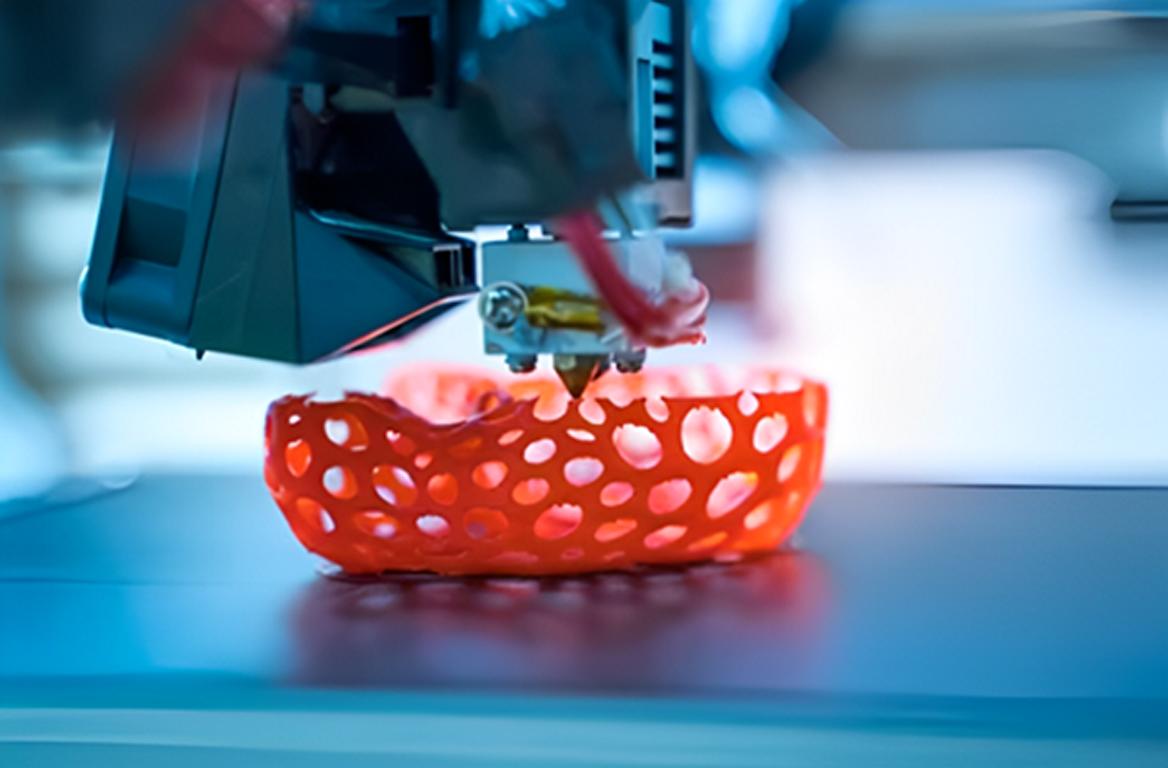
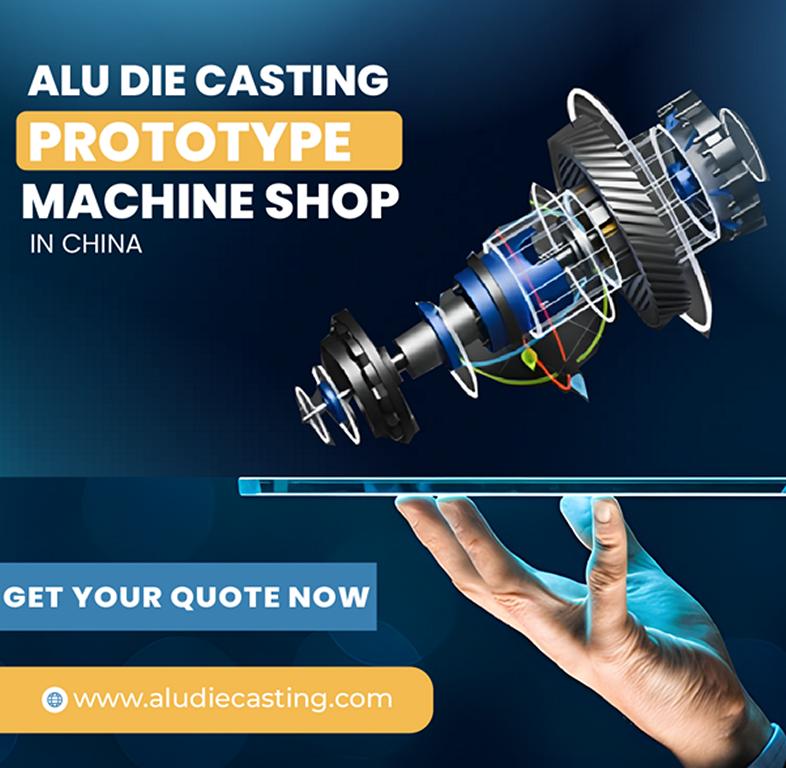
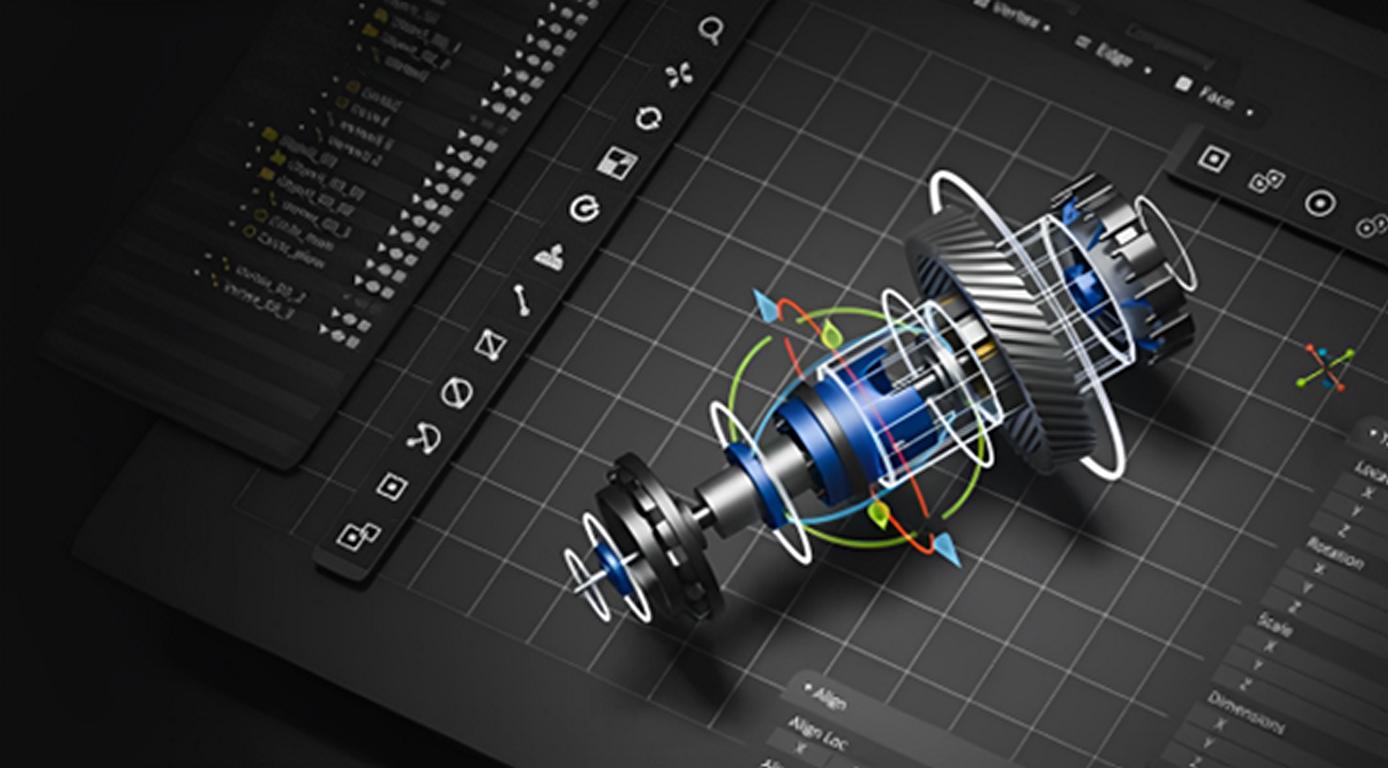

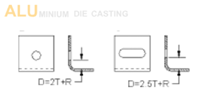



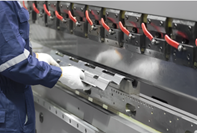
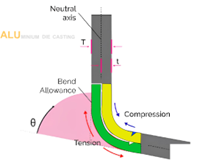
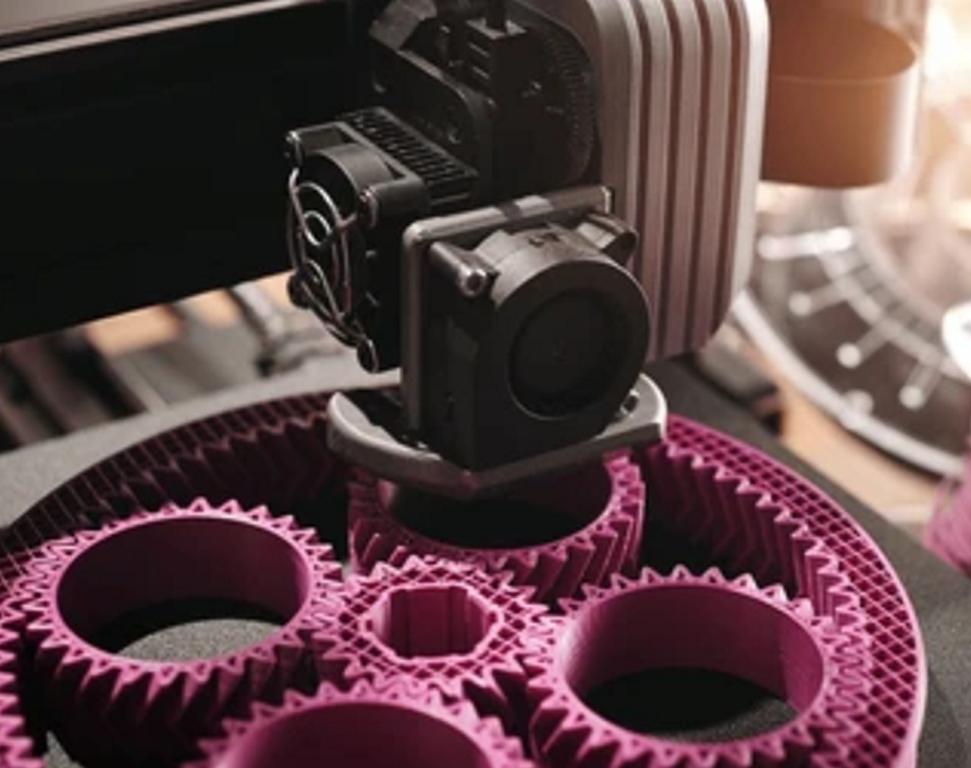
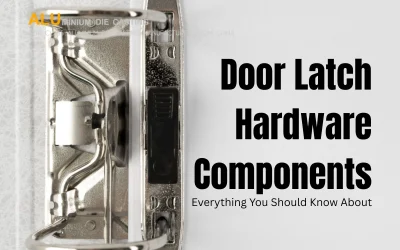


0 Comments